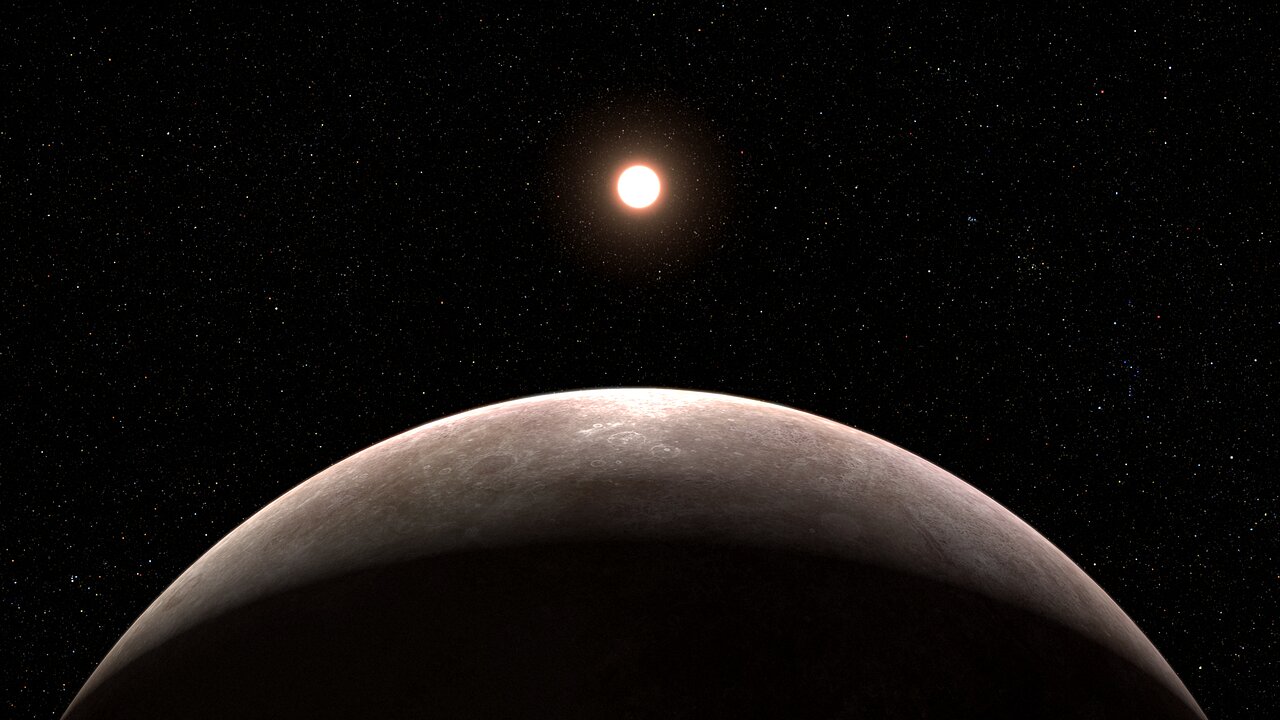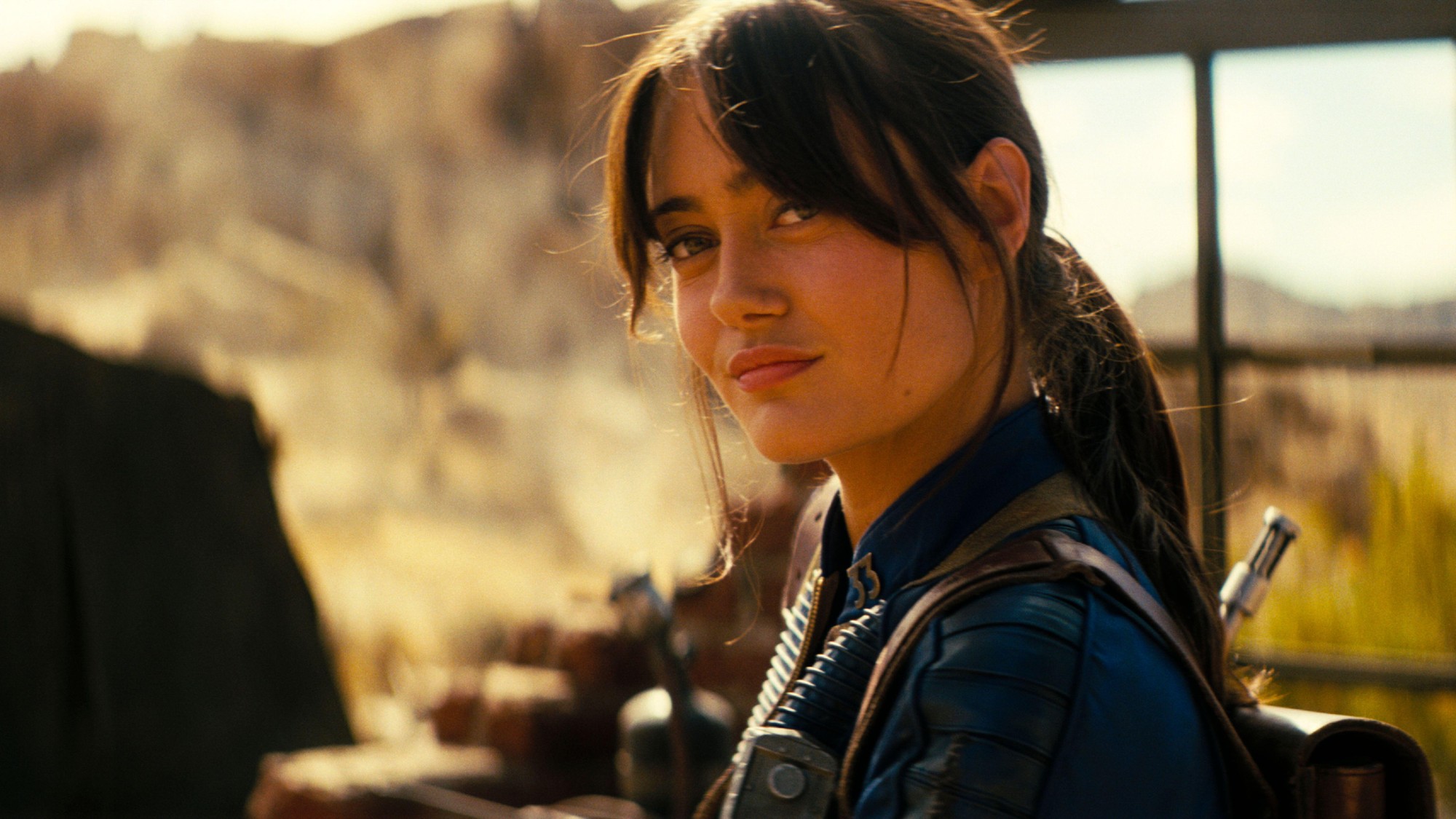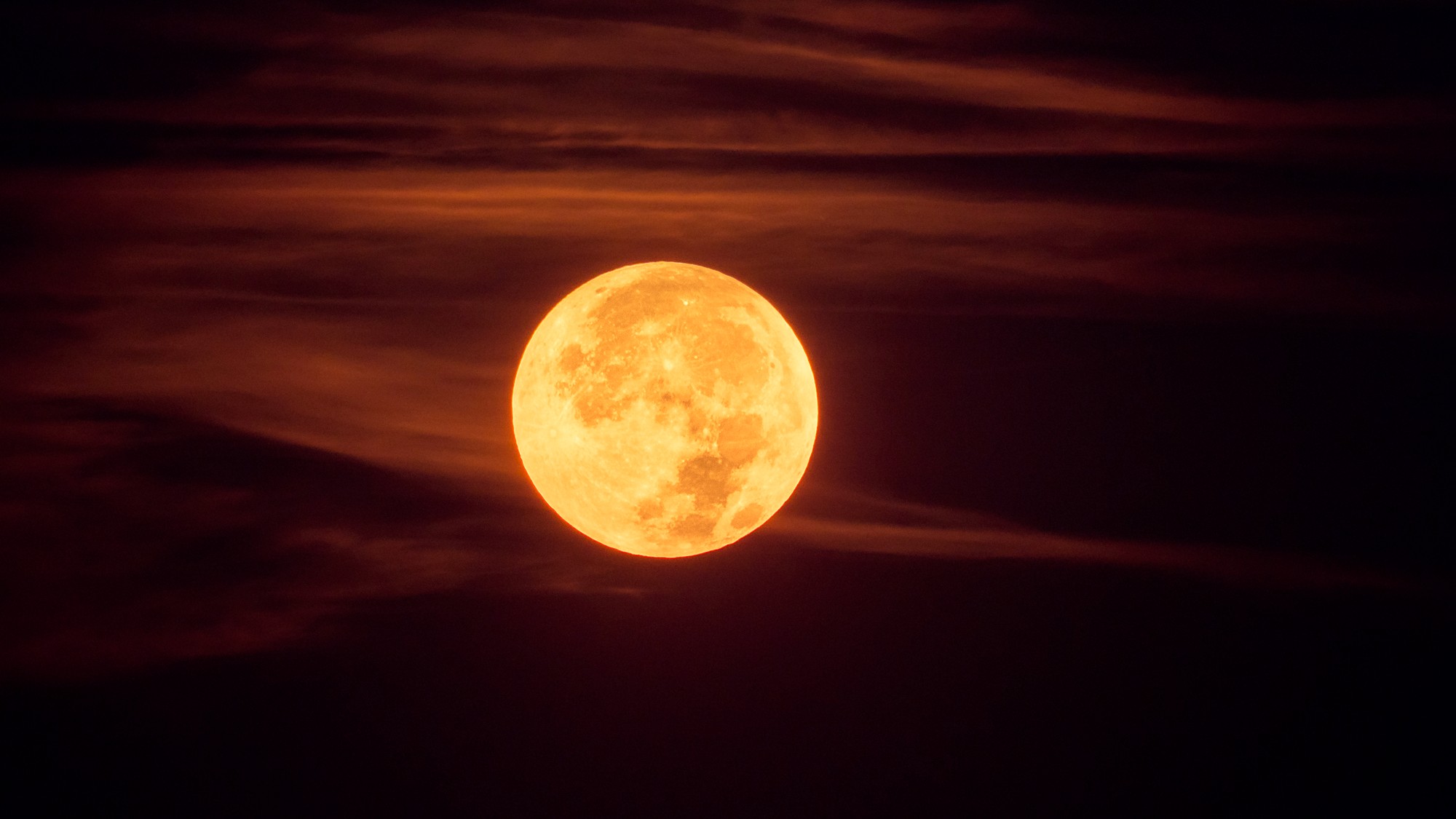NASA's Webb telescope confirms existence of exoplanet for the 1st time


NASA's James Webb Telescope has confirmed the existence of an exoplanet for the first time. An exoplanet, like Earth, orbits around a star.
The exoplanet, named called LHS 475 b, is similar in size to the Earth and is located 41 light years away, reports NPR. Unlike Earth, the planet orbits its star in just two days and is way hotter than Earth. Scientists have yet to determine the composition of the atmosphere. "There are some terrestrial-type atmospheres that we can rule out," said Jacob Lustig-Yaeger, a researcher at the Johns Hopkins University Applied Physics Laboratory. "It can't have a thick methane-dominated atmosphere, similar to that of Saturn's moon Titan."
This discovery was made through the help of NASA's Transiting Exoplanet Survey Satellite. The satellite's data suggested the planet might exist and then Webb's Near-Infrared Spectrograph (NIRSpec) was able to capture it to investigate, NASA writes. The NIRSpec transmits the light from an object to a spectrum where it can be used to determine an object's temperature, mass, and chemical composition.
The Week
Escape your echo chamber. Get the facts behind the news, plus analysis from multiple perspectives.

Sign up for The Week's Free Newsletters
From our morning news briefing to a weekly Good News Newsletter, get the best of The Week delivered directly to your inbox.
From our morning news briefing to a weekly Good News Newsletter, get the best of The Week delivered directly to your inbox.

This discovery showcases the scope of the telescope's abilities. "These first observational results from an Earth-size, rocky planet open the door to many future possibilities for studying rocky planet atmospheres with Webb," says Mark Clampin, the Astrophysics Division director at NASA headquarters. The sensitivity of the telescope allows for the discovery of much smaller celestial bodies than previous telescopes.
"Webb is bringing us closer and closer to a new understanding of Earth-like worlds outside the Solar System, and the mission is only just getting started." Clampin remarked.
A free daily email with the biggest news stories of the day – and the best features from TheWeek.com
Devika Rao has worked as a staff writer at The Week since 2022, covering science, the environment, climate and business. She previously worked as a policy associate for a nonprofit organization advocating for environmental action from a business perspective.
-
 A postapocalyptic trip to Sin City, a peek inside Taylor Swift’s “Eras” tour, and an explicit hockey romance in December TV
A postapocalyptic trip to Sin City, a peek inside Taylor Swift’s “Eras” tour, and an explicit hockey romance in December TVthe week recommends This month’s new television releases include ‘Fallout,’ ‘Taylor Swift: The End Of An Era’ and ‘Heated Rivalry’
-
 ‘These accounts clearly are designed as a capitalist alternative’
‘These accounts clearly are designed as a capitalist alternative’Instant Opinion Opinion, comment and editorials of the day
-
 Trump tightens restrictions for work visas
Trump tightens restrictions for work visasSpeed Read The length of work permits for asylum seekers and refugees has been shortened from five years to 18 months
-
 Blue Origin launches Mars probes in NASA debut
Blue Origin launches Mars probes in NASA debutSpeed Read The New Glenn rocket is carrying small twin spacecraft toward Mars as part of NASA’s Escapade mission
-
 ‘The Big Crunch’: why science is divided over the future of the universe
‘The Big Crunch’: why science is divided over the future of the universeThe Explainer New study upends the prevailing theory about dark matter and says it is weakening
-
 Dinosaurs were thriving before asteroid, study finds
Dinosaurs were thriving before asteroid, study findsSpeed Read The dinosaurs would not have gone extinct if not for the asteroid
-
 The moon is rusting
The moon is rustingUnder the radar The Earth is likely to blame
-
 Panspermia: the theory that life was sent to Earth by aliens
Panspermia: the theory that life was sent to Earth by aliensUnder The Radar New findings have resurfaced an old, controversial idea
-
 Africa could become the next frontier for space programs
Africa could become the next frontier for space programsThe Explainer China and the US are both working on space applications for Africa
-
 NASA reveals ‘clearest sign of life’ on Mars yet
NASA reveals ‘clearest sign of life’ on Mars yetSpeed Read The evidence came in the form of a rock sample collected on the planet
-
 SpaceX breaks Starship losing streak in 10th test
SpaceX breaks Starship losing streak in 10th testspeed read The Starship rocket's test flight was largely successful, deploying eight dummy satellites during its hour in space
